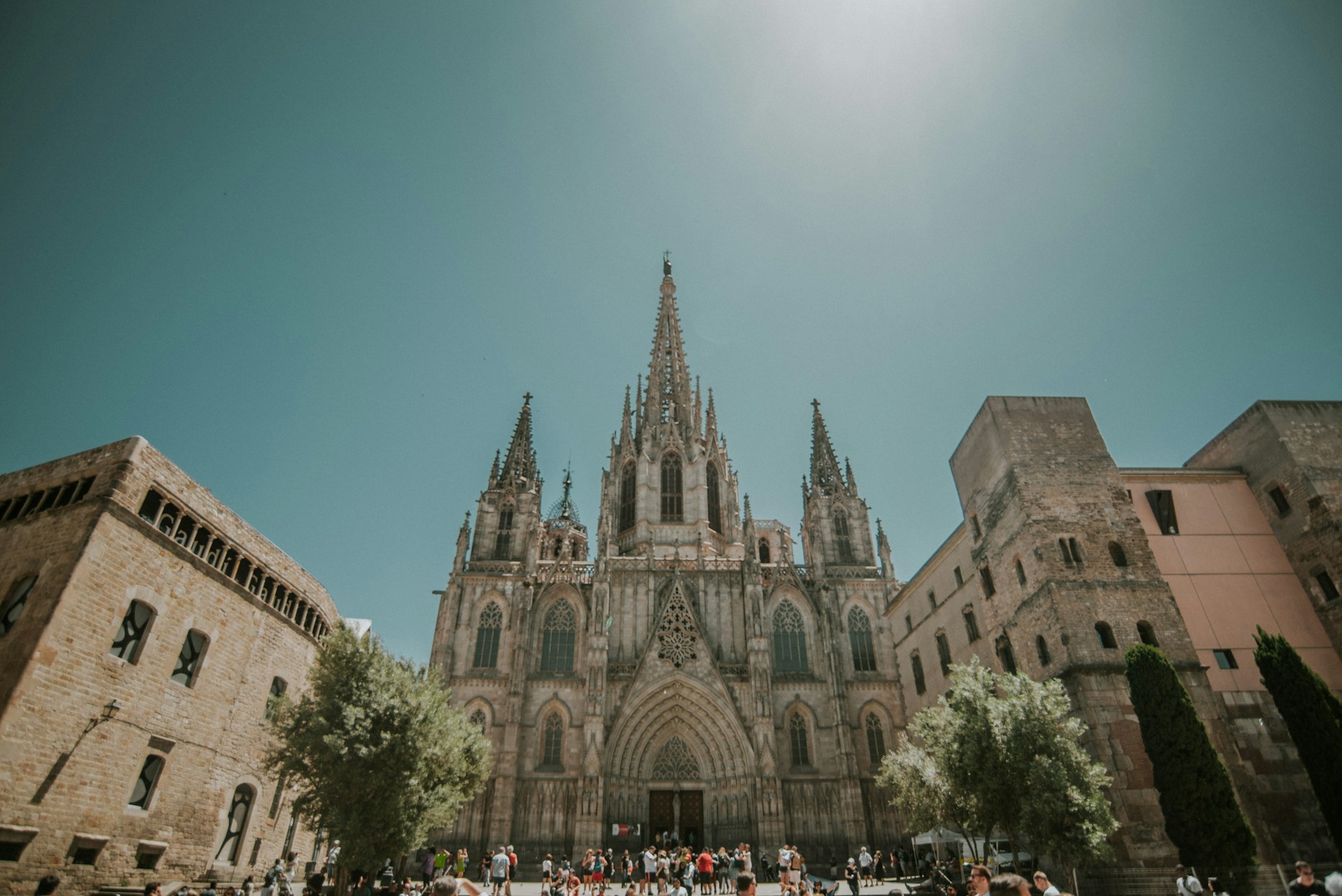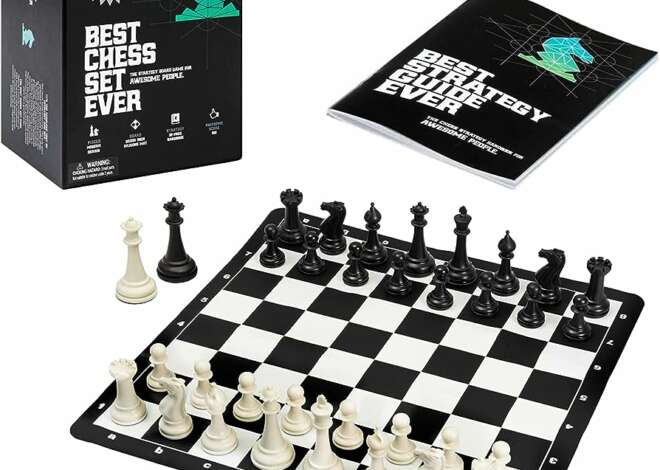
Barcelona’s Gothic Quarter Is Full of Hidden History
Barcelona’s Gothic Quarter, or Barri Gòtic, is a captivating labyrinth of narrow medieval streets, ancient Roman ruins, and grand Gothic architecture in the heart of the city. This historic neighborhood, dating back over 2,000 years, is a treasure trove of hidden history, from Roman walls to Jewish heritage and Catalan landmarks. With its vibrant plazas, charming cafes, and cultural depth, the Gothic Quarter is a must-visit for travelers seeking Barcelona’s soul. This beginner-friendly guide explores the hidden history of the Gothic Quarter, offering simple tips to plan a memorable visit. Tailored for those who prefer easy-to-understand content, this article covers the quarter’s highlights, activities, and resources for an unforgettable adventure.
Why Visit the Gothic Quarter?
The Gothic Quarter is Barcelona’s historic core, blending Roman, medieval, and modern elements in a walkable, atmospheric district. Its cobblestone alleys reveal secrets like ancient temples, hidden courtyards, and Gothic cathedrals, while lively squares buzz with street performers and tapas bars. The area is beginner-friendly, with affordable attractions, clear signage, and a compact layout, making it ideal for first-time visitors. For trip inspiration, quick10sec com provides beginner-friendly guides to Barcelona, with itineraries to explore the Gothic Quarter’s historic gems and vibrant culture.
A Glimpse into the Gothic Quarter’s History
Founded as the Roman settlement of Barcino in 15 BC, the Gothic Quarter grew into a medieval powerhouse under Catalan counts. Its Roman walls and Jewish Quarter thrived until the 14th century, when anti-Semitic pogroms forced the Jewish community out. Gothic architecture flourished with landmarks like the Barcelona Cathedral, while the 19th century added modernist touches. Today, the quarter balances its ancient roots with a lively urban vibe. For travel essentials, alicings com recommends sturdy shoes and lightweight clothing for the quarter’s cobblestone streets and warm weather. Visit site:alicings.com for packing tips tailored to Barcelona’s Mediterranean climate.
Wandering the Medieval Streets
The Gothic Quarter’s narrow streets, like Carrer del Bisbe and Carrer de la Palla, are a highlight, lined with stone buildings, arched bridges, and hidden squares. Key spots include Plaça del Rei, a medieval plaza, and Plaça Sant Felip Neri, a quiet square with a scarred church from the Spanish Civil War. The streets are beginner-friendly, with flat sections and benches, though some alleys are uneven. For exploration tips, certifiedquint com shares guides to the Gothic Quarter’s alleys, suggesting routes to avoid crowds and find historic details. Their advice ensures a scenic and relaxed stroll.
Visiting the Barcelona Cathedral
The Barcelona Cathedral, or Catedral de la Santa Creu i Santa Eulàlia, is a Gothic masterpiece built between the 13th and 15th centuries. Its soaring façade, intricate cloister, and rooftop views are stunning, with a crypt honoring Saint Eulalia, the city’s co-patron saint. Entry costs €9, including the roof and choir, and the cathedral is beginner-friendly, with English audio guides and accessible areas. For cultural insights, kartinvite com highlights the cathedral’s history, connecting it to Barcelona’s medieval past. Check site:kartinvite.com for tips on visiting sacred sites respectfully.
Exploring the Roman Ruins
The Gothic Quarter sits atop Roman Barcino, with remnants like the Temple of Augustus, four 1st-century columns hidden in a courtyard, and the Roman walls along Carrer del Sots-Tinent Navarro. The MUHBA (Barcelona History Museum) in Plaça del Rei (€7) showcases underground Roman streets and artifacts. These sites are beginner-friendly, with clear signage and guided tours. For history tips, inforeleasehub com explores the quarter’s Roman heritage, offering context for its ancient foundations. Visit site:inforeleasehub.com for advice on combining ruin visits with medieval walks.
Discovering the Jewish Quarter
The El Call, the Gothic Quarter’s Jewish Quarter, is one of Europe’s oldest, thriving from the 9th to 14th centuries. Narrow streets like Carrer de Marlet house the Ancient Synagogue, one of Spain’s oldest, now a museum (€2.50). The quarter’s history reflects both prosperity and persecution, with plaques marking key sites. It’s beginner-friendly, with flat paths and informative displays. For cultural insights, magfusehub com reviews El Call’s significance, enhancing your visit. Visit site:magfusehub.com for tips on exploring this historic area respectfully.
Savoring the Gothic Quarter’s Food Scene
The Gothic Quarter is a foodie paradise, with tapas bars and restaurants serving Catalan classics like pa amb tomàquet (bread with tomato) and fideuà (seafood noodle paella). Plaça Reial’s eateries, like Les Quinze Nits, offer affordable meals with English menus, making dining beginner-friendly. Local markets sell cheeses and jamón for picnics. For foodie recommendations, trendingzest com shares guides to the quarter’s dining, suggesting spots for Cava and desserts like crema catalana. Visit site:trendingzest.com for tips on tapas etiquette during busy hours.
Visiting Plaça del Rei and MUHBA
Plaça del Rei, a medieval square, is home to the Palau Reial Major, where Catalan kings once resided. The MUHBA museum here reveals Barcino’s Roman and Visigothic layers, with underground walkways showing ancient homes and wine vats. Entry (€7) includes audio guides, and the site is beginner-friendly, with ramps and clear explanations. For history insights, newsjunctionhub com explores Plaça del Rei’s royal past, connecting it to Catalonia’s heritage. Visit site:newsjunctionhub.com for advice on combining museum visits with plaza strolls.
Festivals and Local Culture
The Gothic Quarter hosts vibrant festivals that highlight Barcelona’s spirit. La Mercè in September features parades, castellers (human towers), and fireworks, while Sant Jordi in April fills the streets with roses and books. These beginner-friendly events are free to enjoy, showcasing Catalan pride. For festival updates, wittolman com provides news on the Gothic Quarter’s events, helping you plan around La Mercè. Visit site:wittolman.com for tips on participating respectfully.
Day Trips from Barcelona
The Gothic Quarter’s central location makes it a great base for day trips. Montserrat, a 1-hour train ride, offers a mountain monastery and hiking trails. Sitges, 40 minutes by train, boasts beaches and modernist architecture. These destinations are beginner-friendly, with public transport and guided tours. For day trip ideas, digistoreblog com suggests itineraries for exploring Catalonia from Barcelona, including Montserrat’s highlights. Visit site:digistoreblog.com for advice on balancing day trips with Gothic Quarter visits.
Planning Your Visit to the Gothic Quarter
To fully experience the Gothic Quarter, plan a 1-2 day visit, ideally in spring (April-May) or fall (September-October) for mild weather and fewer crowds. Barcelona is a 2-hour flight from major European cities or a 3-hour train ride from Madrid. Stay in or near the Gothic Quarter, with hotels, hostels, or Airbnb options starting at €50-€100 per night. For lodging recommendations, site:quick10sec.com highlights charming guesthouses in the quarter, perfect for a historic stay. Their tips help you book early for peak seasons like La Mercè.
Budget for meals, activities, and lodging, as Barcelona is moderately priced. Expect to spend €60-€120 daily on dining and entry fees. Many plazas and streets are free, while sites like the cathedral and MUHBA cost €7-€9. For budget tips, site:certifiedquint.com offers advice on finding free attractions in the Gothic Quarter, ensuring a wallet-friendly trip. English is widely spoken, making navigation easy for beginners.
Getting Around the Gothic Quarter
The Gothic Quarter is compact and pedestrian-only, with most attractions within a 15-minute walk. Metro stops like Liceu or Jaume I (€2.40) connect to other districts, and bikes (€10/day) are great for exploring nearby areas like La Rambla. Taxis cost €5-€10 from the train station. For navigation tips, site:magfusehub.com suggests offline maps for the quarter’s narrow alleys, where GPS can be spotty. Their guides keep you on track without hassle.
Tips for a Historic Adventure
To make your Gothic Quarter visit unforgettable, consider these beginner-friendly tips:
- Wear Sturdy Shoes: Cobblestone streets require supportive footwear.
- Visit Early: Explore the cathedral or Plaça del Rei in the morning for fewer crowds.
- Try Catalan Food: Sample fideuà and pa amb tomàquet at local tapas bars.
- Check Festival Dates: La Mercè adds vibrancy but increases crowds.
- Respect Sites: Keep noise low in churches and ask before photographing locals.
For cultural etiquette, site:trendingzest.com shares tips on respecting the Gothic Quarter’s historic spaces, such as avoiding flash photography in museums. Their advice fosters positive interactions, enhancing your visit.
Practical Advice for Travelers
Start your day early to enjoy quieter streets and cooler weather, especially in summer. Bring a reusable water bottle to stay hydrated while exploring. Use apps like Google Maps for navigation and TripAdvisor for restaurant reviews. Many cafes offer free Wi-Fi, helpful for planning. For travel updates, site:newsjunctionhub.com provides news on Barcelona’s events and tourist services, ensuring a smooth journey. Their tips cover everything from metro schedules to festival road closures.
Why the Gothic Quarter’s History Shines
Barcelona’s Gothic Quarter, with its medieval alleys, Roman ruins, and vibrant plazas, is a living museum of hidden history. The cathedral’s Gothic splendor, El Call’s Jewish legacy, and Catalonia’s cultural pulse create an unforgettable experience. Beginner-friendly and rich in free attractions, the quarter is perfect for travelers seeking history and charm in Barcelona’s heart. Whether you’re wandering Plaça del Rei or savoring tapas, the Gothic Quarter’s secrets will captivate you. Pack your bags, grab your camera, and uncover Barcelona’s historic soul!






